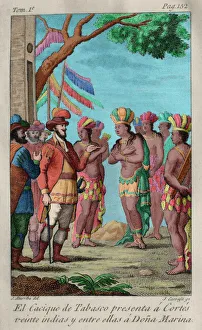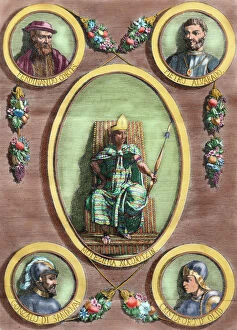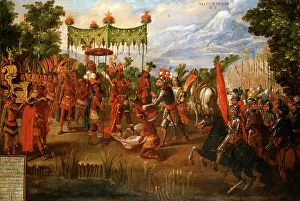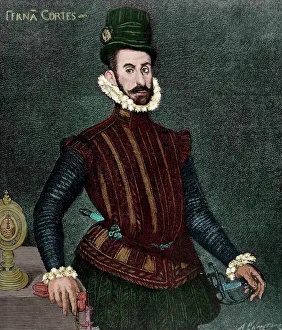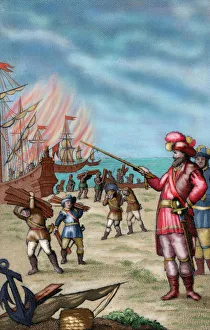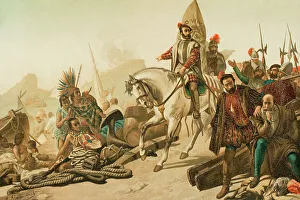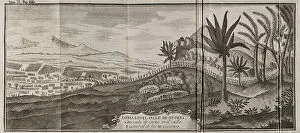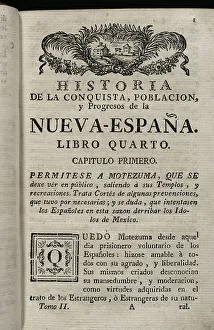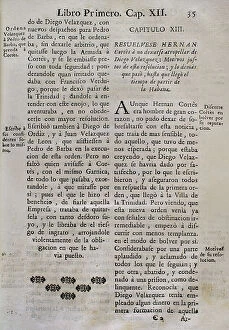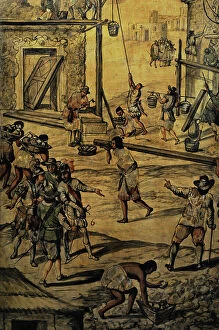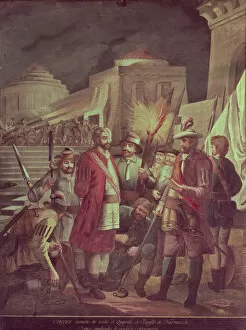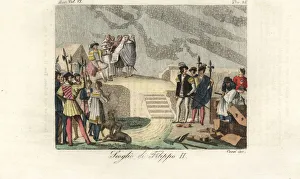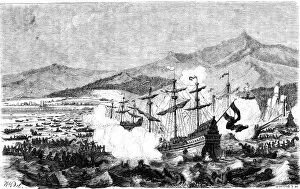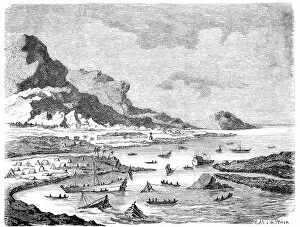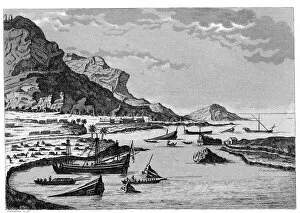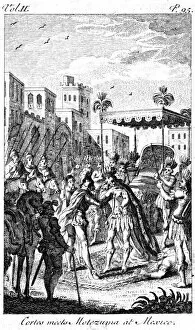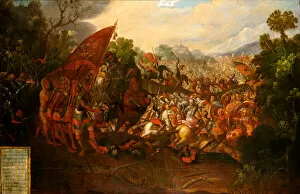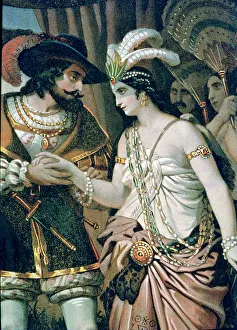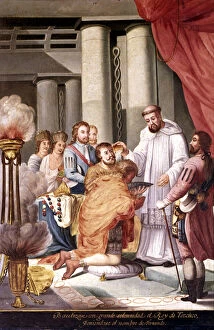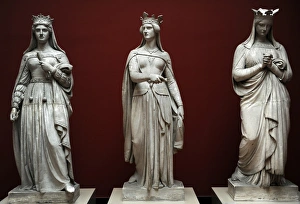Hernan Collection
"Hernan Cortes: The Spanish Conquistador Who Shaped Mexican History" Hernan Cortes, the renowned Spanish conquistador, played a pivotal role in shaping Mexico's history
All Professionally Made to Order for Quick Shipping
"Hernan Cortes: The Spanish Conquistador Who Shaped Mexican History" Hernan Cortes, the renowned Spanish conquistador, played a pivotal role in shaping Mexico's history. Known as the cacique of Tabasco, he was presented with twenty Indigenous people by Moctezuma II, the Aztec emperor. This encounter marked the beginning of a tumultuous journey that would forever change both worlds. In the 16th century, Sor Juana Ines de La Cruz, niece Cortes, donned traditional attire to honor her uncle's legacy in Mexico. Her dress symbolized the cultural fusion resulting from his conquests and their lasting impact on society. Engraved portraits depict Hernan Cortes as a formidable figure who led expeditions with unwavering determination. Colored illustrations bring to life his encounters with Moctezuma II and fellow conquistadors like Pedro de Alvarado and Gonzalo de Sandoval. Cortes' strategic brilliance is evident in his decision to destroy his fleet upon arriving in Mexico. This bold move ensured that his men were fully committed to their mission without any possibility of retreat. The banner carried by Hernan Cortes during his conquests serves as an emblematic artifact from the 16th century. It represents Spain's presence in New Spain and signifies Cortes' authority over conquered territories. One significant battle etched into history is the Battle of Otumba on July 7th, 1520. Despite being vastly outnumbered by indigenous warriors known as Mexica or Aztecs, Cortes emerged victorious through sheer military prowess and tactical maneuvering. Montezuma II's public appearance allowed him to witness firsthand how his once-mighty empire had fallen under Spanish rule. This poignant moment highlighted not only Montezuma's tragic fate but also showcased Cortés' dominance over New Spain. A map illustrating New Spain's territory showcases the vast expanse of land under Cortes' control.

